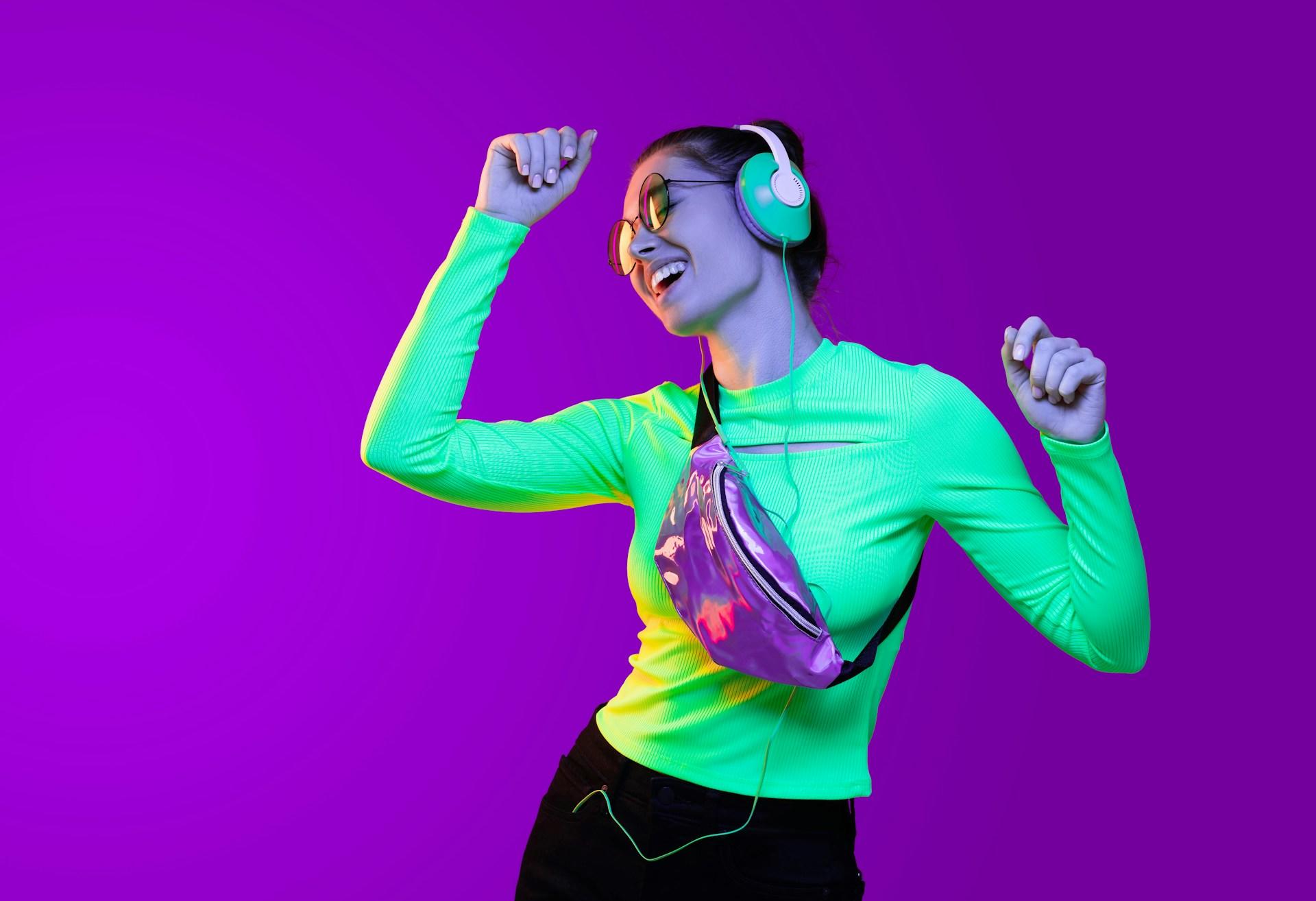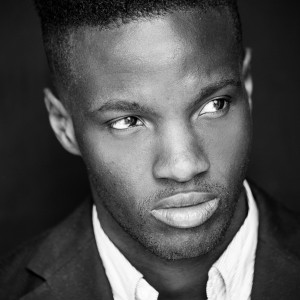A state of well-being in which the individual realizes his or her abilities ...
World Health Organisation (WHO)
That snippet comes from the WHO's definition of mental health. The phrase goes on, but that part best relates to dancing and mental health. Declarations like "I'm not much of a dancer" and "I have two left feet" don't just keep you off the dance floor, they deny your potential.
Those phrases, and ones like it, boil down to 'I can't'. Such thinking reflects and reinforces self-limiting thoughts and behaviours, and help foster one's negative self-image. How can dancing help all that? This chart points us in the right direction; our text explains everything in detail.
| 🧠How we think | 🤓What it means | 🔎How dancing helps |
|---|---|---|
| Rumination | Dwelling on the same bad thoughts, for a long time. | Moving to music helps break the rumination cycle. |
| Poor self-image | You don't like how you look, how you move, or how you act. | Wearing dance clothes and following dance steps unburdens you from personal responsibility towards those aspects. |
| "I can't" "I'm no good (at it)" | Denying yourself the possibility of trying new activities. Denying yourself any possibility of achievement. Reinforcing the belief that you don't deserve the activity's benefits. | Helps you uncover your innate sense of rhythm. Gives you power/control over what you can achieve. |
| "I'm not good around people." | A self-imposed state of loneliness. Denying yourself social contact. | Dance classes bring together like-minded people. Even dancing solo, you can be around other dancers. |
| "I have nothing to dance about" | A confession of dissatisfaction, perhaps with one's current state of affairs. | You don't need a reason to dance! The benefits of dancing are reasons onto themselves. |

I Have Nothing to Dance About
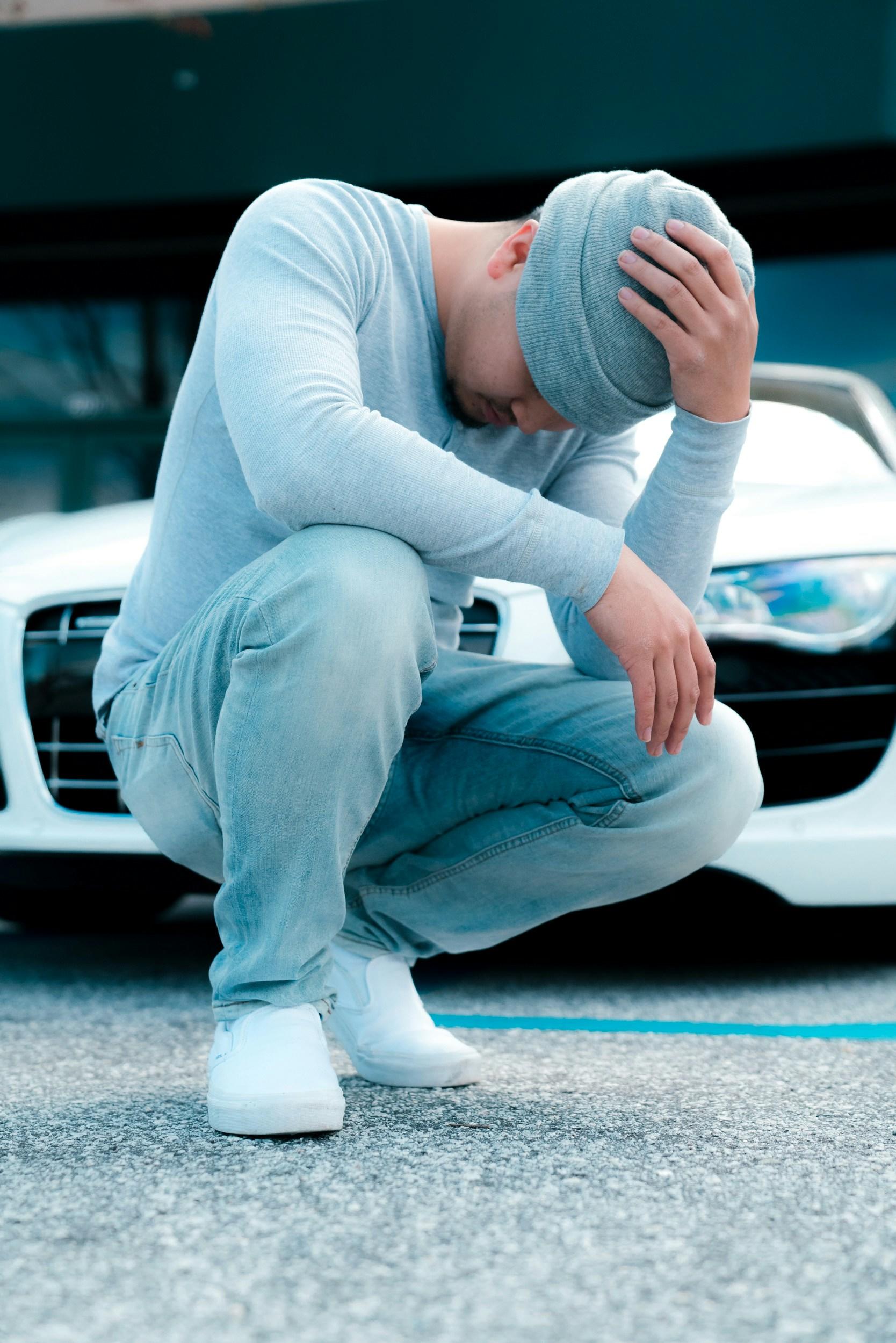
Global events don't give us much to cheer about, neither do personal circumstances, for many of us. Some might even consider it crass to dance while, all around, crises erupt.
That argument's opposite contends such a mindset instils and reinforces a gloom-and-doom mentality. If one looks around, finding things to be down about abound. However, the same is true for the opposite.
We have everything to dance about; humanity's resilience and ability to overcome, among them. One might dance for their health - both physical and mental, to build a positive mindset.
The takeaway: you don't need an 'official' reason to dance; your personal reasons are all that count. We can dance to lose weight or to stay engaged as we clean house.
Dancing is permitted when the music compels us to move. Or because we admire the grace, style, and efficiency of a particular dance step.
I'm Not Good Around People
Social anxiety is a real, and growing, phenomenon. Arguably, COVID-imposed isolation made this condition worse. It seems we've become more rude, more angry and, in some cases, more violent. Dancing can help overcome this block in two ways.
Often, dancing is emotion in motion. A pounding musical beat encourages energetic action; it's just what we need to spend our frustrations.

On the other hand, a melancholy dance (and tune) puts our sad feelings front and centre, so we can better manage them.
One doesn't have to attend dance classes in a studio - at least, at first. You might take dance lessons online, which puts a screen between you and your dance instructor. This is a great strategy to master dance warm-ups, so you won't feel out of sync when you eventually join an in-person dance class.
The takeaway: you can dance by yourself at home, perhaps while doing household tasks. You can dance in a crowd, as it doesn't require you to interact with people.
Taking dance lessons online involves others, but they stay on the other side of your screen. In all cases, dancing's positive effects can help lower anxiety thresholds.

I'm Too --- to Dance
On this one, I got you. As a female nearly 1.90 metres tall, experience dictates that my height isn't the first choice for partner dances. Particularly not for ballroom dances. Even line dancing can be challenging, as my steps and kicks are naturally longer-higher than others in the line.
Fortunately, many styles of dance don't call for women to wear heels, nor do they require a partner. I can dance ballet to improve strength, flexibility, and posture - in flats, not en pointe, of course. I can jazz-dance, too, barefoot or in flats, as the women do in the clip above. In fact, this tall dancer has many non-partner dance styles to explore:
- polka
- contemporary
- hip-hop
- West Coast Swing dances
- circle and line dances, including minuets
- jigs
- Lindy hops, solo-style
Besides those, a few Latin dances have solo-style versions, the Samba, Merengue, and Salsa, among them. In short, tall dance enthusiasts have many dances to choose from.
Some dance hopefuls might believe themselves too fluffy or too short to dance well. Others might contend they're too uncoordinated, or they have no sense of rhythm. These are all expressions of self-defeat. The dances are ready, if you're ready to dance.
So what if no one picks you as a dance partner? You can do the picking and, if you're not up to that yet, dancing solo works just as well.
The takeaway: defeating ourselves before we've properly begun is not good for our mental well-being. We've no need to oppress ourselves, or suppress our desire to dance. Embracing this activity means giving ourselves permission to try new things.
I Can't Dance
Fred Astaire and Ginger Rogers are one of the greatest dance duos in history, but they weren't born to dance. In fact, believing so discounts their years of work and dedication to their craft. Before they learned how to dance, they too were ordinary people, likely uncertain about their abilities.
It's possible you can't do many things: pilot a plane, program a computer, or prepare a gourmet meal. However, if you take flying lessons, cooking lessons, or coding lessons, you can learn how to do those things. Dancing isn't any different.
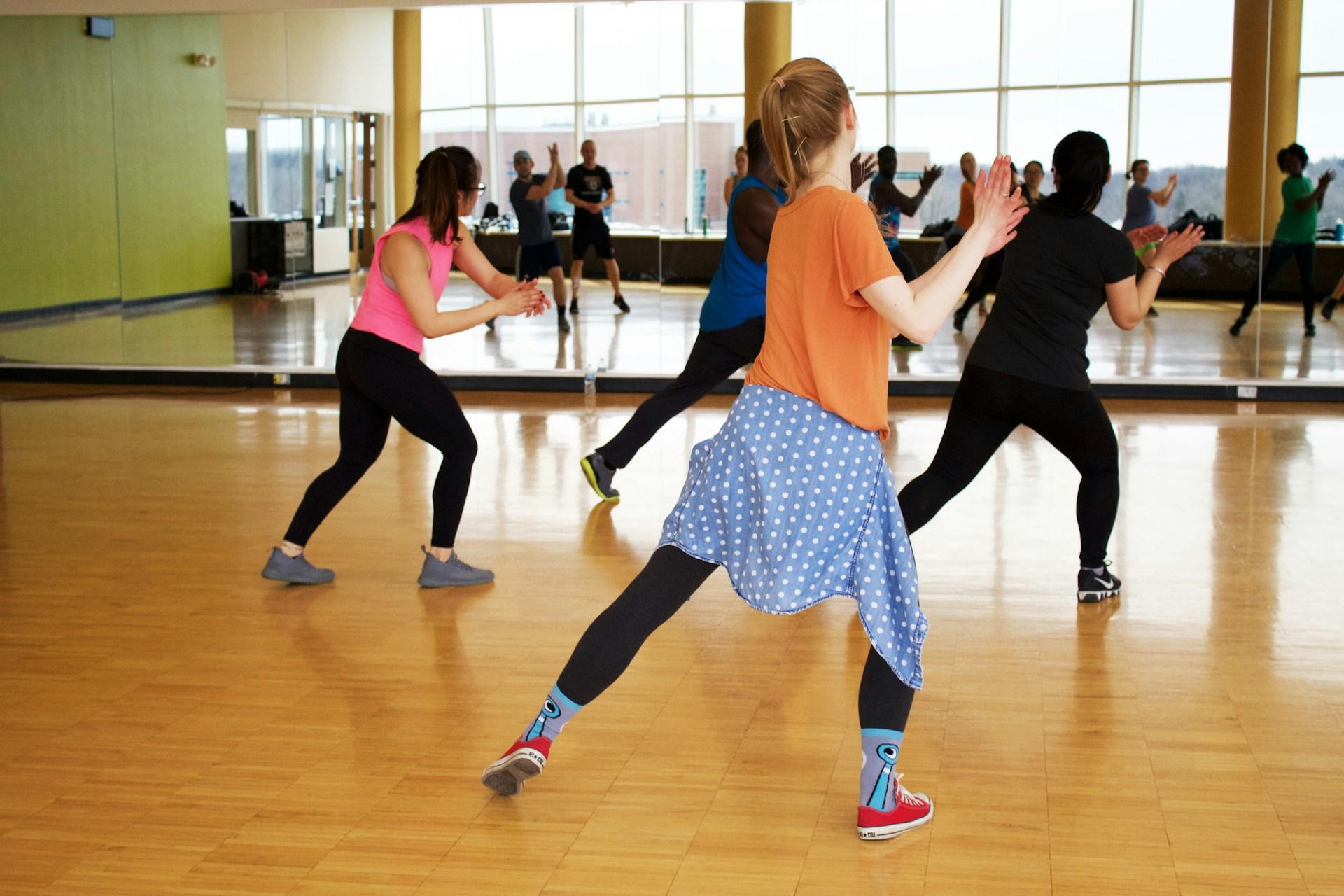
Indeed, dancing is likely easier to learn than coding, cooking, and flying. You don't need any extra equipment or resources, though resources for dance workouts exist. You only need yourself, some music, and the willingness to learn.
That would entail breaking the cycle of self-defeatism that seems to plague so many of us. In the push and hustle of daily life, we often find it easier to exclude ourselves from possibilities. Especially those that could benefit us, like dancing. In turn, that sets up a spiral of negative self-perception that can taint other aspects of our lives.
Learning to dance can help break you out of the "I can't" mindset. People say "I can't" about dancing, to avoid social situations, and hundreds of other things. It has less to do with one's abilities than with a punitive mindset.
The takeaway: it's fine to have an "I can't" mindset, as long as you end the declaration with 'yet'. The world's best dancers couldn't dance until they learned how, either. That tiny 'yet' opens worlds of possibilities for you to explore. And, if "I can't dance yet" makes dancing possible, imagine what it'll do for other areas of your life.
I Have Too Much On My Mind to Dance
Memes exist all over social media, depicting people who can't sleep because they can't shut their brains off. It's three in the morning, and they're going over their latest social interaction for the millionth time. Why, oh why did they have to say or do what they did?
This practice is called 'ruminating'. It's a way to avoid dealing with the underlying emotions that the situation you ruminate about provoked. It's also a way to keep those feelings alive. Like the cow that brings food back up to chew on some more, we can't resist going over and over what bothers us.
Or can we? Taking a mental break from thoughts that plague us is the best way to short-circuit ruminating tendencies. Dance is especially good at breaking these persistent thoughts. Dancing gets your body moving, and the music you dance to fills your ears, and your mind.
The practice of training your mind to focus on the present, to bring calmness and a clear mental state.
Dancing is an exercise in mindfulness. Dancers must concentrate on the music, lest they lose the beat. They must also mind how their body feels and moves. Otherwise, they risk injury.
The takeaway: dancing is a physical, mental, and emotional activity. A dance session can help put some distance between you and your persistent thoughts. Dancing's mindful nature helps train your brain to see things clearly in other aspects of your life.
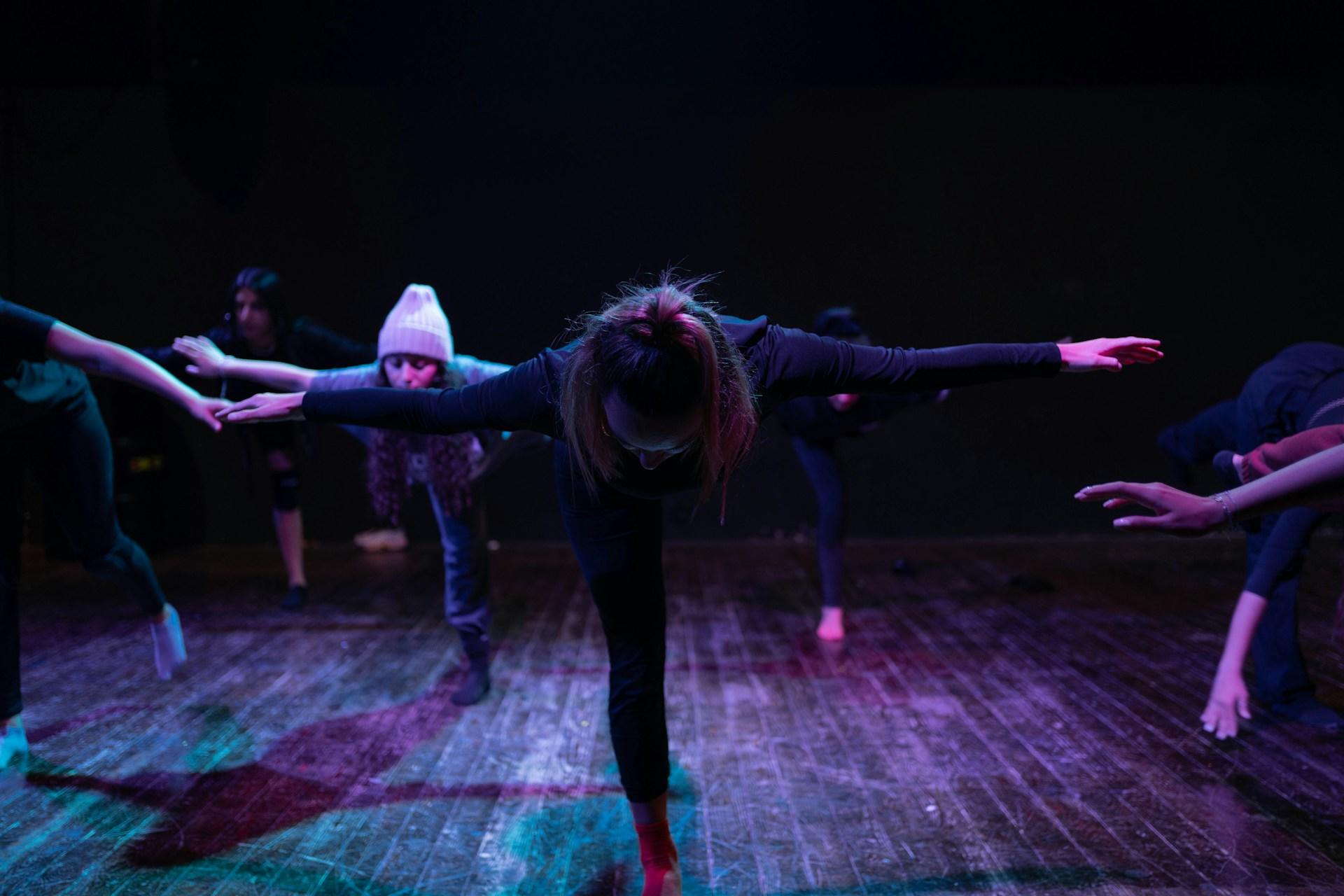
Other Mental Health Benefits of Dance
Mindfulness is just one among many dance and mental health benefits. The combination of music and movement lifts our spirits, and leaves little room for negative thoughts and feelings. Many contend that dancing boosts physical health, and raises fitness levels.
Feeling good about your body and being in it leads to a slew of mental health benefits. Greater self-confidence tops the list, with high self-esteem running a close second. This positive take on yourself leads to more social interaction, which results in better mental and physical health outcomes.
Anxiety and Depression
For people battling these conditions, dancing classes deliver amazing benefits. The physical activity releases endorphins. Those feel-good hormones circulate long after you leave the dance studio. They help to mute the negativity those conditions provoke, and may even provide a dose of élan.
Cognition and Memory
Dancing helps keep your mind sharp, because it engages all your senses. As you move, listen to music, and watch where you're going, your brain kicks into overdrive to process and store the stimuli. Learning dance steps is another brain boost. This is why advocates say that dancing may help keep dementia at bay.
The takeaway: even if you're not in a bad place, mental-health-wise, dance and mental health work together to build your best self. Not just for today, but for years to come.

